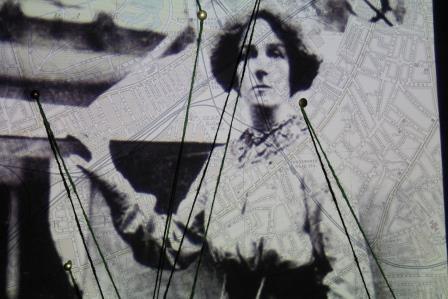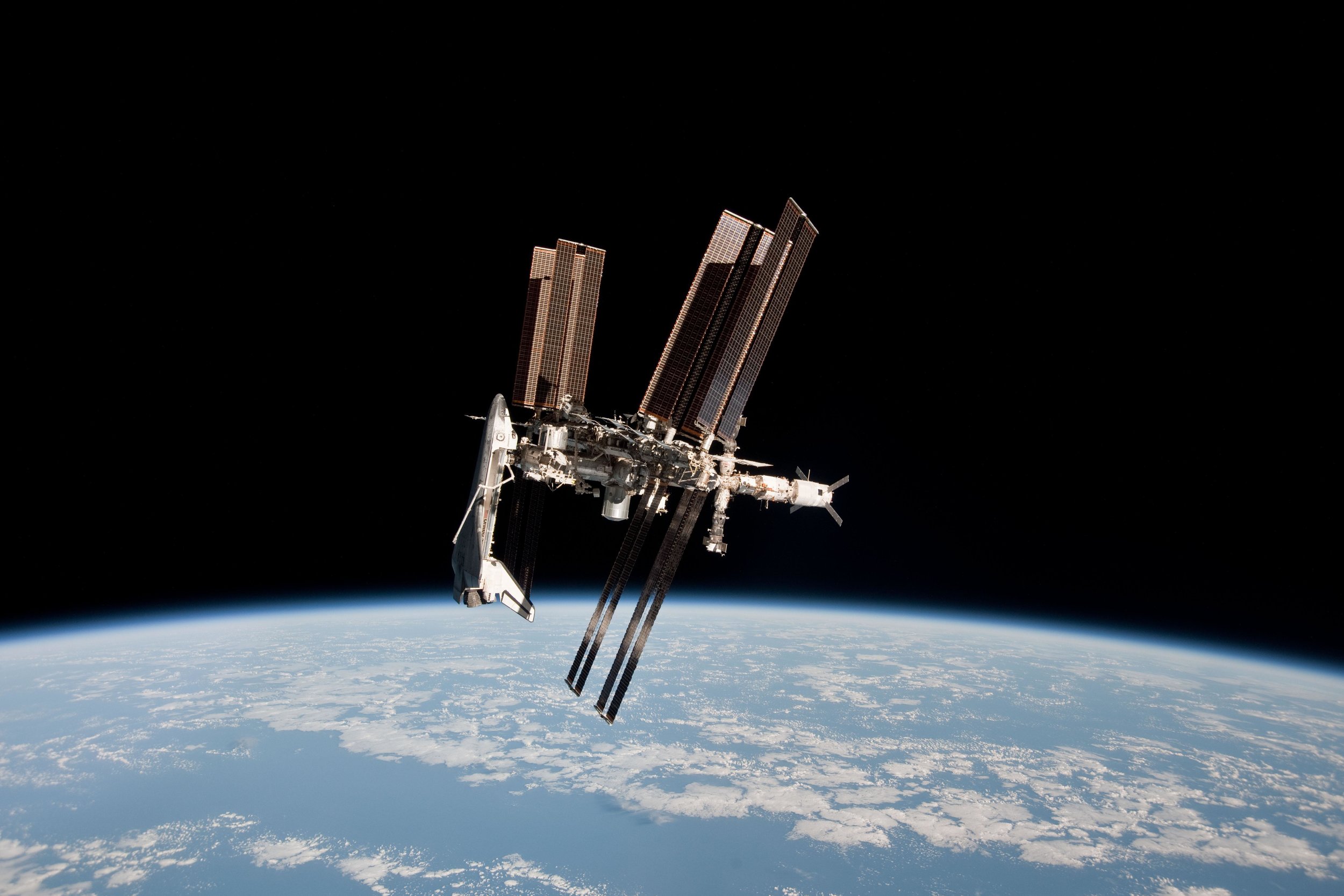This film I produced and narrated for Nature tells the story of how a bloody beginning gave rise to the life-saving medication, warfarin. This anticoagulant is one of the worlds most widely prescribed drugs and its history is littered with the bodies of sick cows and poisoned rats...
VIDEO: The Story of Zero
Here's a short animation I wrote and produced with animator / illustrator Andrew Khosravani. The piece is narrated by Hannah Fry and tells the story of how zero became a number. We were very happy about it getting a "Staff Pick" on Vimeo!
https://vimeo.com/161757232
The scripting for the piece was tricky, it took several weeks to wrap our heads around the subject and then boil a significant amount of history down into around 3 minutes... inevitably details had to be cut and even after recording the voice-over with Hannah we had to make some difficult decisions to make further cuts. All in the name of reducing animation time - which was significant for a piece like this - Andrew did an incredible job!
Oh and the chapter numbers are obviously all in binary.
VIDEO: The Lamp that Saved 1,000 Lives
How a simple invention saved the mining industry from devastating accidents.
Read MoreAudio: The Listening Post
Back in June I worked on 'The Listening Post' - an ambitious sound installation, co-commissioned by LIFT and 14-18 NOW that formed part of the 'After a War' exhibition at the Battersea Arts Centre.
 Writers James Wilkes and Tom Chivers led the project researching the history and lives of Battersea residents during the First World War. Their research into local archives and town records unearthed a wealth of material to work with, featuring stories from conscientious objectors, the struggles of munitionettes and the local paranoia surrounding activities of German bakers (below).
Writers James Wilkes and Tom Chivers led the project researching the history and lives of Battersea residents during the First World War. Their research into local archives and town records unearthed a wealth of material to work with, featuring stories from conscientious objectors, the struggles of munitionettes and the local paranoia surrounding activities of German bakers (below).
https://soundcloud.com/eprosser/rumours-the-listening-post
The pieces were produced and presented across more than 14 speakers spread throughout the installation, supported by work from graphic designer Lina Hakim and installation designer Gary Campbell.
Each section of the installation evoked a different feeling and theme, ranging from orchid growing to leisure activities (roller skating and hot air ballooning) before moving onto the darker tones of wartime industry and tribunals for conscientious objectors.
You can listen to James below as he gives a guided overview of the installation:
https://soundcloud.com/liftfestival/lift2014-after-a-war-a-tour-of-the-listening-post-with-james-wilkes
You can read a review of the event here.
Video: Structure and Order - A Century of Symmetry
Chemical crystallographer Judith Howard reflects on the beautiful aesthetics of crystallographic exploration and her career, including time spent with Nobel laureate Dorothy Hodgkin. http://www.youtube.com/watch?v=mmSMt-jU9iE
The end of the video provides links to some of the other videos in the crystallography collection!
Portrait of a legacy
I mentioned in a previous post that no space shuttle has ever been fully photographed whilst docked with the International Space Station. However NASA has released today landmark portraits of Endeavour and the ISS taken by Italian astronaut Paolo Nespoli on the 23rd of May whilst returning to Earth in a Russian Soyuz spacecraft.

This image was made possible by rotating the returning space craft 130 degrees so that Nespoli could take photos and video footage at a distance of about 600m from the ISS. It's amazing to see the relative size of the space shuttle in comparison to the space station and I must admit, I didn't realise how big it was! This photo I'm sure will come to represent the lasting legacy of NASAs space shuttle programme and will no doubt be one the most remembered space images of recent times.
You can view more of the images here and additional video footage will be released once it has been processed by NASA.
I'd also recommend having a look at some of Nespoli's other photos on his flickr account, which hosts a beautiful and diverse collection of shots.
Vue Lumière No 765 - Serpentine Dance, 1896
One interesting piece of media I came across today (whilst reading about the origins of cinema) was an early piece of footage shot by the Lumiere brothers in 1896: http://vimeo.com/20209451
The silent film depicts an unnamed dancer quite hauntingly perform Loie Fuller’s Serpentine Dance. Each frame was hand coloured to help vividly depict the striking motion conducted by the dancer.
Auguste Lumière and Louis Lumière were among the earliest filmmakers in history and produced some of the most pioneering and influential films of their time. The brothers are best known for producing their series of short ‘actuality’ films, which captured everyday events on film. These ‘actuality’ films are considered by many to represent the earliest incarnation of the documentary film.




